Behavior of Science and Engineering Students to Digital Reading: Educational Disruption and Beyond
Abstract
1. Introduction
- What is the potential impact on the reading behavior of the participants due to their years of study?
- To what extent has the extensive exposure to online learning impacted the reading strategy of science and engineering students?
- How likely would science and engineering undergraduate students use digital reading in the future?
2. Literature Review
2.1. Book Format vs. Deep Learning
2.2. Reading Format vs. Student Engagement
2.3. Reading for Engineering Students
2.4. Future Academic Reading Format
3. Methodology
4. Results
4.1. Format Preference for Academic Reading
4.2. Learning Engagement
4.3. Language Influence
4.4. Impact of Educational Disruption on Reading Behavior
“I can’t avoid e-reading”, “E-reading is more suitable for online learning”, “It’s common to use e-reading when I study online”, “use e-reading during the online study benefit me. easy for me to review the materials.”
“Electronic reading makes a large amount of literature more convenient”, “There is a lot of coursework to be finished so I need to read them every day,”
“Of course, I used digital reading daily. All materials we receive are online, and I definitely cannot print all them out”, “I have to study and review by reading e materials such as ppt. Since they are too many, I cannot print all of them”
“I have been using academic e-reading for 3 years”, “I usually use e-reading in my daily life”
“It is sometimes easier to organize materials digitally. Also, some experiments are carried online, which works better with e-document”, “It is useful and convenient. It is not necessary to bring many printed papers if using e-reading”, “e-reading can help me to take notes”, “it is more extensive, convenient and low-cost access to electronic resources”, “it wastes time to print each time”, “printing is costly and hard to reserve”, “I will continue to use it. When I read electronically, I can look up information more quickly and take notes more easily” and “I am getting familiar with this learning mode. And my learning efficiency can be improved”
5. Discussion
5.1. Format Preference
5.2. Reading Engagement
5.3. Language Impact
5.4. Recommendations
6. Conclusions
- Compared with the other published studies on general university students in various majors, the current study’s findings showed that the behavior of science and engineering students toward digital reading is generally favorable [2]. Additionally, unlike the studies conducted during the pandemic, the current study found that online learning helped some students develop their digital reading skills during the pandemic, not the opposite effect [3]. Most participants in the current study have shown interest in using digital academic reading after educational disruption and their intention to use it in the future.
- Although it turns out that a large percentage of engineering students still think that reading in print helps them to remember the information better, it seems that the attitude of science and engineering students is different from that of general university students studying other majors.
- Students prefer digital format for native language reading, while they prefer printed format for foreign language readings. This is because foreign languages might require deep reading, which is more convenient in printed format.
- The outcomes of the study have potential implications for student/educator training, educational policymakers, and the design and use of educational learning technologies. Science and engineering education authorities are advised to provide pedagogical training on digital reading and its integration into student learning.
Author Contributions
Funding
Institutional Review Board Statement
Informed Consent Statement
Data Availability Statement
Acknowledgments
Conflicts of Interest
References
- Mizrachi, D. Undergraduates’ academic reading format preferences and behaviors. J. Acad. Librariansh. 2015, 41, 301–311. [Google Scholar] [CrossRef]
- Mizrachi, D.; Salaz, A.M.; Kurbanoglu, S.; Boustany, J. Academic reading format preferences and behaviors among university students worldwide: A comparative survey analysis. PLoS ONE 2018, 13, e0197444. [Google Scholar] [CrossRef] [PubMed]
- Mizrachi, D.; Salaz, A.M. Reading format attitudes in the time of COVID. J. Acad. Librariansh. 2022, 48, 102552. [Google Scholar] [CrossRef]
- Parlindungan, F.; Rahmatillah, R.; Lisyati, L. Academic reading preferences and behaviors of indonesian undergraduate students during Covid-19 pandemic. TESOL Int. J. 2021, 6, 6–27. [Google Scholar]
- Welsen, S.; Morgan, P.; Walker, J. Flexible learning during educational disruption: A case study of teaching integrated circuits design. In Proceedings of the 2020 IFEES World Engineering Education Forum-Global Engineering Deans Council (WEEF-GEDC), Cape Town, South Africa, 16–19 November 2020. [Google Scholar]
- Shah, J.A.; Welsen, S. Engineering Student’s Flexibility for Learning during Education Disruption. In Proceedings of the 2022 IEEE IFEES World Engineering Education Forum-Global Engineering Deans Council (WEEF-GEDC), Cape Town, South Africa, 27 November–1 December 2022. [Google Scholar]
- Welsen, S. Impact of Blended Learning on Engineering Student Attendance Post COVID-19. In Proceedings of the 2021 World Engineering Education Forum/Global Engineering Deans Council (WEEF/GEDC), Madrid, Spain, 15–18 November 2021. [Google Scholar]
- Welsen, S. Engineering Students’ Engagement and Their Perspective on Compulsory Classroom Attendance. In Proceedings of the 2022 IEEE IFEES World Engineering Education Forum-Global Engineering Deans Council (WEEF-GEDC), Cape Town, South Africa, 27 November–1 December 2022. [Google Scholar]
- Wu, K.; Smyth, N.; Welsen, S. Engineering Student Attitudes to Digital Reading Teaching Technology in the post-coronavirus era. In Proceedings of the 2021 IEEE International Conference on Engineering, Technology & Education (TALE), Wuhan, China, 5–8 December 2021. [Google Scholar]
- Welsen, S.; Pike, M.; Walker, J. Engineering student attitudes to e-reading in remote teaching environments. In Proceedings of the 2020 IFEES World Engineering Education Forum-Global Engineering Deans Council (WEEF-GEDC), Cape Town, South Africa, 16–19 November 2020. [Google Scholar]
- Dilevko, J.; Gottlieb, L. Print sources in an electronic age: A vital part of the research process for undergraduate students. J. Acad. Librariansh. 2002, 28, 381–392. [Google Scholar] [CrossRef]
- Liu, Z. Print vs. electronic resources: A study of user perceptions, preferences, and use. Inf. Process. Manag. 2006, 42, 583–592. [Google Scholar]
- Lamothe, A.R. Electronic book usage patterns as observed at an academic library: Searches and viewings. Partnersh. Can. J. Libr. Inf. Pract. Res. 2010, 5. [Google Scholar] [CrossRef]
- Blummer, B.; Kenton, J.M. A systematic review of e-books in academic libraries: Access, advantages, and usage. New Rev. Acad. Librariansh. 2020, 26, 79–109. [Google Scholar] [CrossRef]
- Pardede, P. Print vs Digital Reading Comprehension in EFL. J. Engl. Teach. 2019, 5, 77–90. [Google Scholar]
- Sandstrom, P.E. Information Foraging Theory: Adaptive Interaction with Information; Wiley Online Library: Hoboken, NJ, USA, 2010. [Google Scholar]
- Baehr, C.; Lang, S.M. Hypertext theory: Rethinking and reformulating what we know, Web 2.0. J. Tech. Writ. Commun. 2012, 42, 39–56. [Google Scholar] [CrossRef]
- Ortlieb, E. Theoretical Models of Learning and Literacy Development; Emerald Group Publishing: Bingley, UK, 2014. [Google Scholar]
- Clinton, V. Reading from paper compared to screens: A systematic review and meta-analysis. J. Res. Read. 2019, 42, 288–325. [Google Scholar] [CrossRef]
- Loh, C.E.; Sun, B. “I’d Still Prefer to Read the Hard Copy”: Adolescents’ Print and Digital Reading Habits. J. Adolesc. Adult Lit. 2019, 62, 663–672. [Google Scholar] [CrossRef]
- Mizrachi, D.; Salaz, A.M.; Kurbanoglu, S.; Boustany, J. The Academic Reading Format International Study (ARFIS): Final results of a comparative survey analysis of 21,265 students in 33 countries. Ref. Serv. Rev. 2021, 49, 250–266. [Google Scholar] [CrossRef]
- Mizrachi, D.; Salaz, A.M. Beyond the surveys: Qualitative analysis from the academic reading format international study (ARFIS). Coll. Res. Libr. 2020, 81, 808. [Google Scholar] [CrossRef]
- Delgado, P.; Vargas, C.; Ackerman, R.; Salmerón, L. Don’t throw away your printed books: A meta-analysis on the effects of reading media on reading comprehension. Educ. Res. Rev. 2018, 25, 23–38. [Google Scholar] [CrossRef]
- Pfost, M.; Dörfler, T.; Artelt, C. Students’ extracurricular reading behavior and the development of vocabulary and reading comprehension. Learn. Individ. Differ. 2013, 26, 89–102. [Google Scholar] [CrossRef]
- Singer, L.M.; Alexander, P.A. Reading on paper and digitally: What the past decades of empirical research reveal. Rev. Educ. Res. 2017, 87, 1007–1041. [Google Scholar] [CrossRef]
- Csikszentmihalyi, M. Literacy and intrinsic motivation. Daedalus 1990, 119, 115–140. [Google Scholar]
- Pearson, P.D.; Kamil, M.L.; Mosenthal, P.B.; Barr, R. Handbook of Reading Research; Routledge: Abingdon, UK, 2016. [Google Scholar]
- Zhang, S. The effect of teachers on students’ reading ability: The mediating effect of reading engagement. Chin. J. Spec. Educ. 2014, 9, 84–89. [Google Scholar]
- Wang, X.-W.; Zhu, Y.-J.; Zhang, Y.-C. An empirical study of college students’ reading engagement on academic achievement. Front. Psychol. 2022, 13, 1025754. [Google Scholar] [CrossRef]
- Rof, A.; Bikfalvi, A.; Marques, P. Pandemic-accelerated digital transformation of a born digital higher education institution. Educ. Technol. Soc. 2022, 25, 124–141. [Google Scholar]
- Abu Talib, M.; Bettayeb, A.M.; Omer, R.I. Analytical study on the impact of technology in higher education during the age of COVID-19: Systematic literature review. Educ. Inf. Technol. 2021, 26, 6719–6746. [Google Scholar] [CrossRef] [PubMed]
- Carrillo, C.; Flores, M.A. COVID-19 and teacher education: A literature review of online teaching and learning practices. Eur. J. Teach. Educ. 2020, 43, 466–487. [Google Scholar] [CrossRef]
- Senthuran, N.; Ariffin, I.A.B.; Khatibi, A.; Tham, J. Impact On Exam Performance Of Undergraduates When Learning Through Print Books Vs E-Books. J. Posit. Sch. Psychol. 2023, 7, 323–336. [Google Scholar]
- Erni, E. Online Reading Strategy in Academic Reading by Foreign Language Learners during Covid 19 Outbreak. AL-ISHLAH J. Pendidik. 2021, 13, 374–386. [Google Scholar] [CrossRef]
- Adeyemi, I.O. Influence of Covid-19 lockdown on reading habit of Nigerians: A Case study of Lagos State inhabitants. Read. Writ. Q. 2021, 37, 157–168. [Google Scholar] [CrossRef]
- Abimbola, M.O.; Shabi, I.; Aramide, K.A. Pressured or pleasure reading: A survey of reading preferences of secondary school students during COVID-19 lockdown. Int. J. Knowl. Content Dev. Technol. 2021, 11, 7–21. [Google Scholar]
- Chang, L.; Wang, Y.; Liu, J.; Feng, Y.; Zhang, X. Study on factors influencing college students’ digital academic reading behavior. Front. Psychol. 2023, 13, 1007247. [Google Scholar] [CrossRef]
- Errera, R. Paper Books vs. eBooks Statistics, Trends and Facts. Available online: https://www.tonerbuzz.com/blog/paper-books-vs-ebooks-statistics/ (accessed on 11 April 2023).
- Howard, P.J.; Gorzycki, M.; Desa, G.; Diane, D. Allen Academic reading: Comparing students’ and faculty perceptions of its value, practice, and pedagogy. J. Coll. Read. Learn. 2018, 48, 189–209. [Google Scholar] [CrossRef]
- Alsaeedi, Z.S.; Ngadiran, N.; Kadir, Z.A.; Altowayti, W. An Overview of Reading Habits and Medium Preference Among University Students. In Proceedings of the 2021 International Congress of Advanced Technology and Engineering (ICOTEN), Taiz, Yemen, 4–5 July 2021. [Google Scholar]
- St Clair-Thompson, H.; Graham, A.; Marsham, S. Exploring the reading practices of undergraduate students. Educ. Inq. 2018, 9, 284–298. [Google Scholar] [CrossRef]
- Atman, C.J.; Bursic, K.M. Teaching engineering design: Can reading a textbook make a difference? Res. Eng. Des. 1996, 8, 240–250. [Google Scholar] [CrossRef]
- Maharshak, A.; Pundak, D. Reading Habits of Engineering Students–Marketing Considerations.In Proceedings to the International Conference on Education and Information Systems, Technologies and Applications (EISTA-3122). Orlando, Florida, USA, 19–22 July 2011. [Google Scholar]
- Saidalvi, A.; Noorezam, M.; Fakhruddin, W.F.W.W.; Ab Aziz, A.A.; Ahmad, H. The Self-reported Perceptions of Engineering Students’ Critical Reading Strategies. Int. J. Acad. Res. Bus. Soc. Sci. 2022, 12, 340–356. [Google Scholar] [CrossRef] [PubMed]
- Sehar, N.; Ghaffar, A. Reading habits among undergraduate students of NED university of engineering and technology, Karachi, Pakistan: A pilot study. Libr. Philos. Pract. 2018, 1–8. [Google Scholar]
- Akinyede, B. A Survey of Reading Habits of First Year Students of Federal University Oye-Ekiti, Ekiti State, Nigeria. FUOYE J. Educ. 2019, 2, 2. [Google Scholar]
- Durant, D.M.; Horava, T. The future of reading and academic libraries. Portal Libr. Acad. 2015, 15, 5–27. [Google Scholar] [CrossRef]
- Durant, D.M. Reading in a Digital Age; ATG LLC (Media): Peachtree Corners, GA, USA, 2017. [Google Scholar]
- Xin, W.Q.-l.L. Investigation and Research on the Current Situation and Influencing Factors of College Students’Digital Reading: Take Tianjin Universities as an Example. Libr. Res. 2021, 51, 120–128. [Google Scholar]
- Staiger, J. How e-books are used: A literature review of the e-book studies conducted from 2006 to 2011. Ref. User Serv. Q. 2012, 51, 355–365. [Google Scholar] [CrossRef]
- Annie Gleeson, G.G.; Hawkes, A.; Jeffrey, L.; Preston, C.R.S.; Wagstaff, J. Ebooks Survey 2021. Available online: https://ebookscambridge.files.wordpress.com/2021/09/ebooks-survey-july-2021-summary-report.pdf (accessed on 15 March 2023).
- Chan, L.; Felicia, P.; Michele, P.; Brian, Q.; Jacqueline, W. UC Libraries Academic e-Book Usage Survey; University of California Libraries: Berkeley, CA, USA, 2011. [Google Scholar]

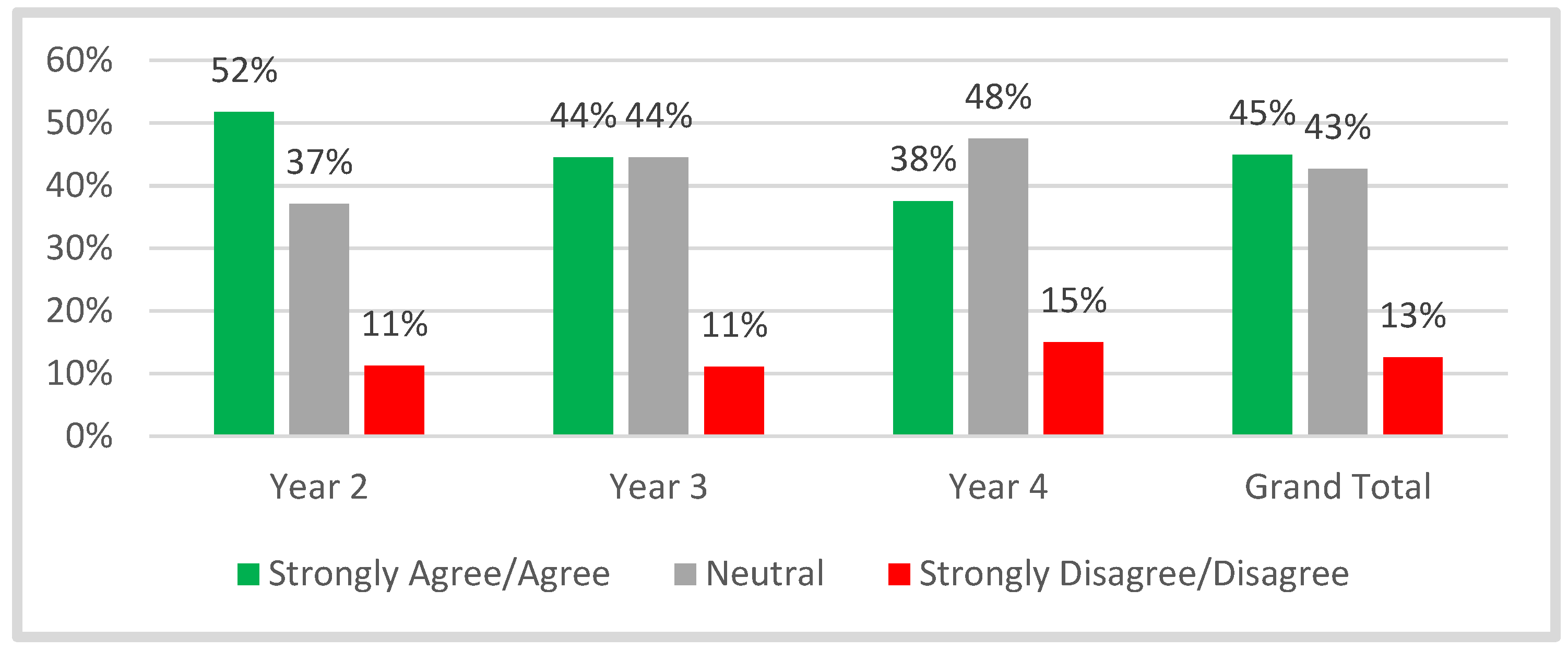
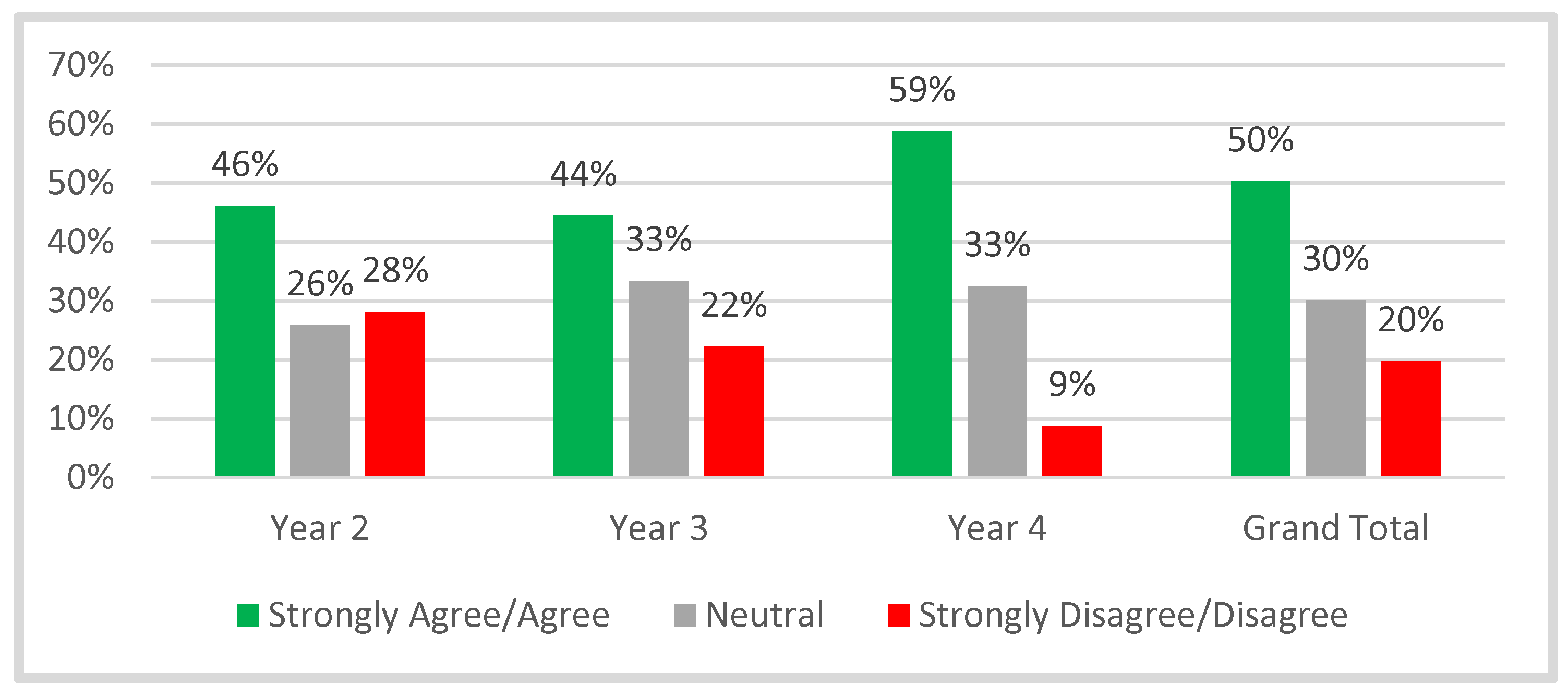
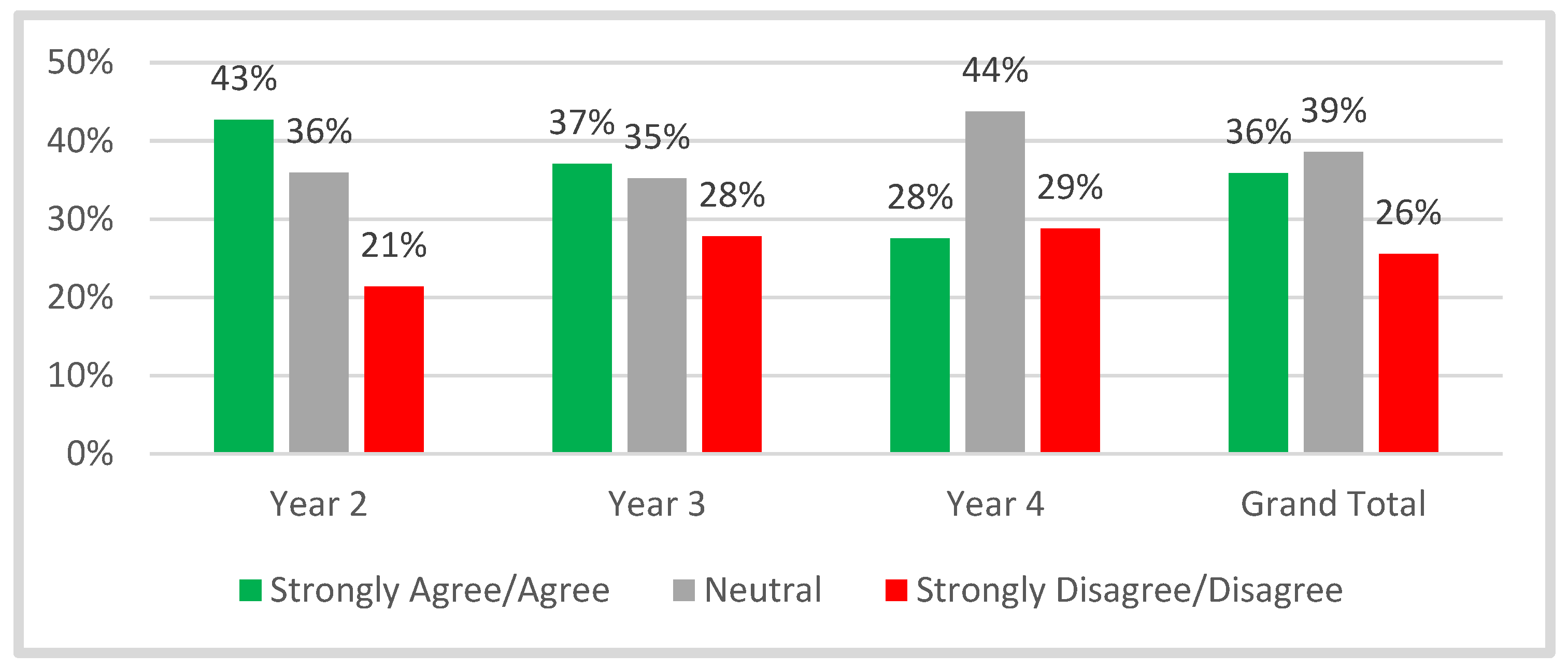
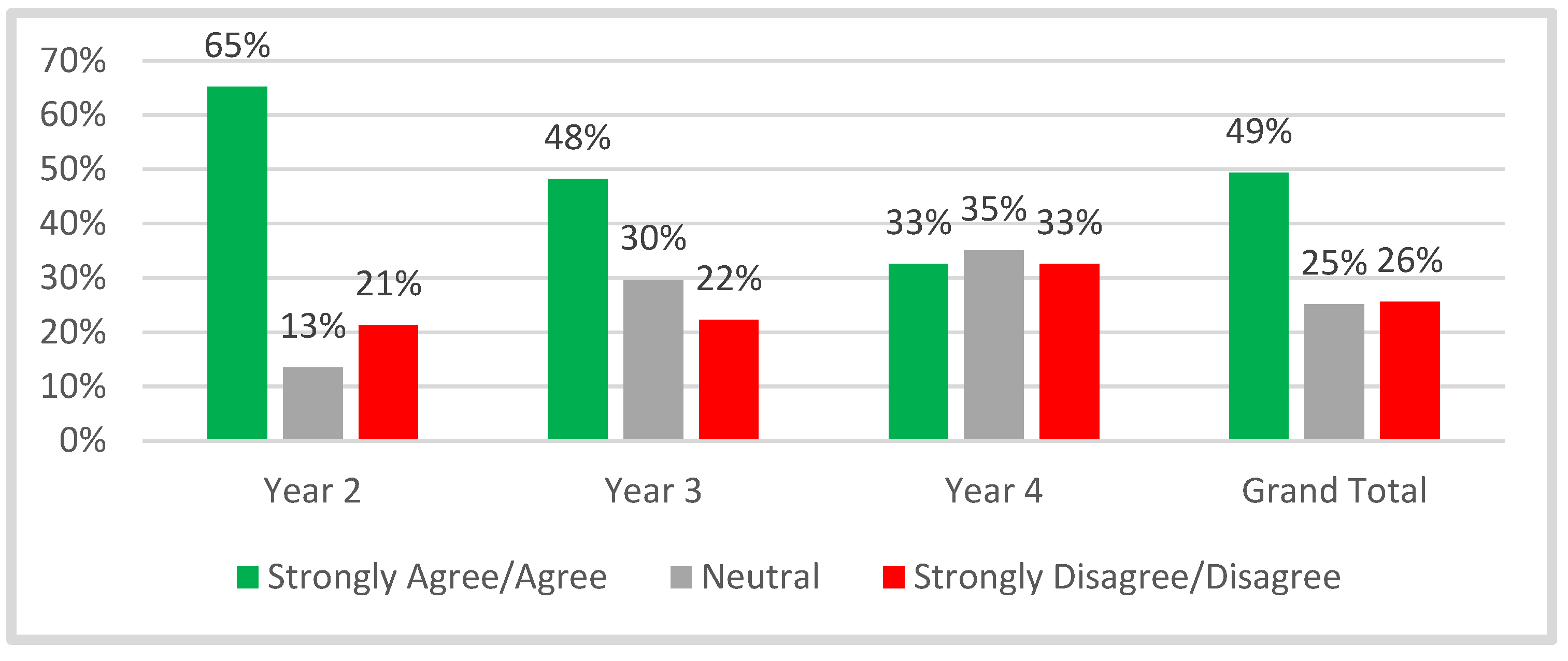
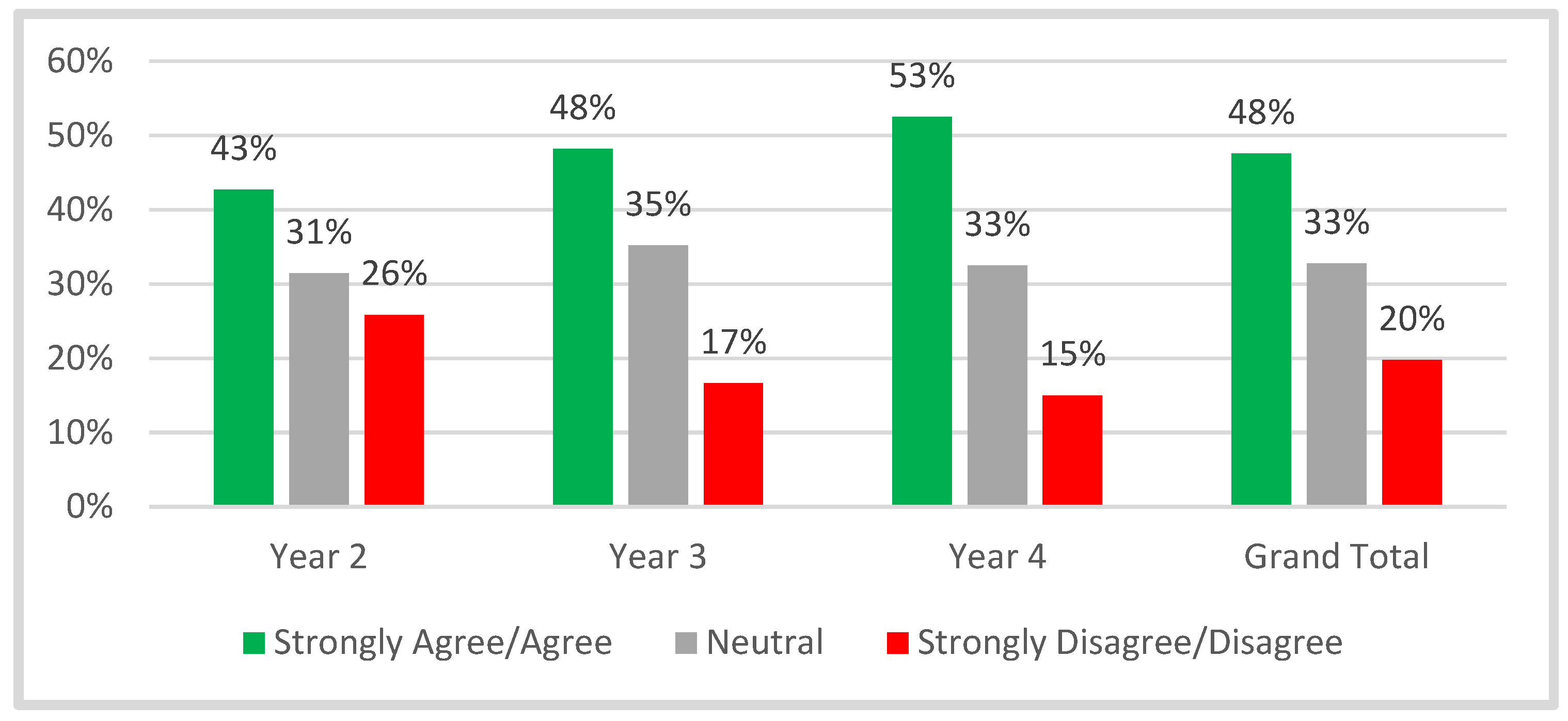
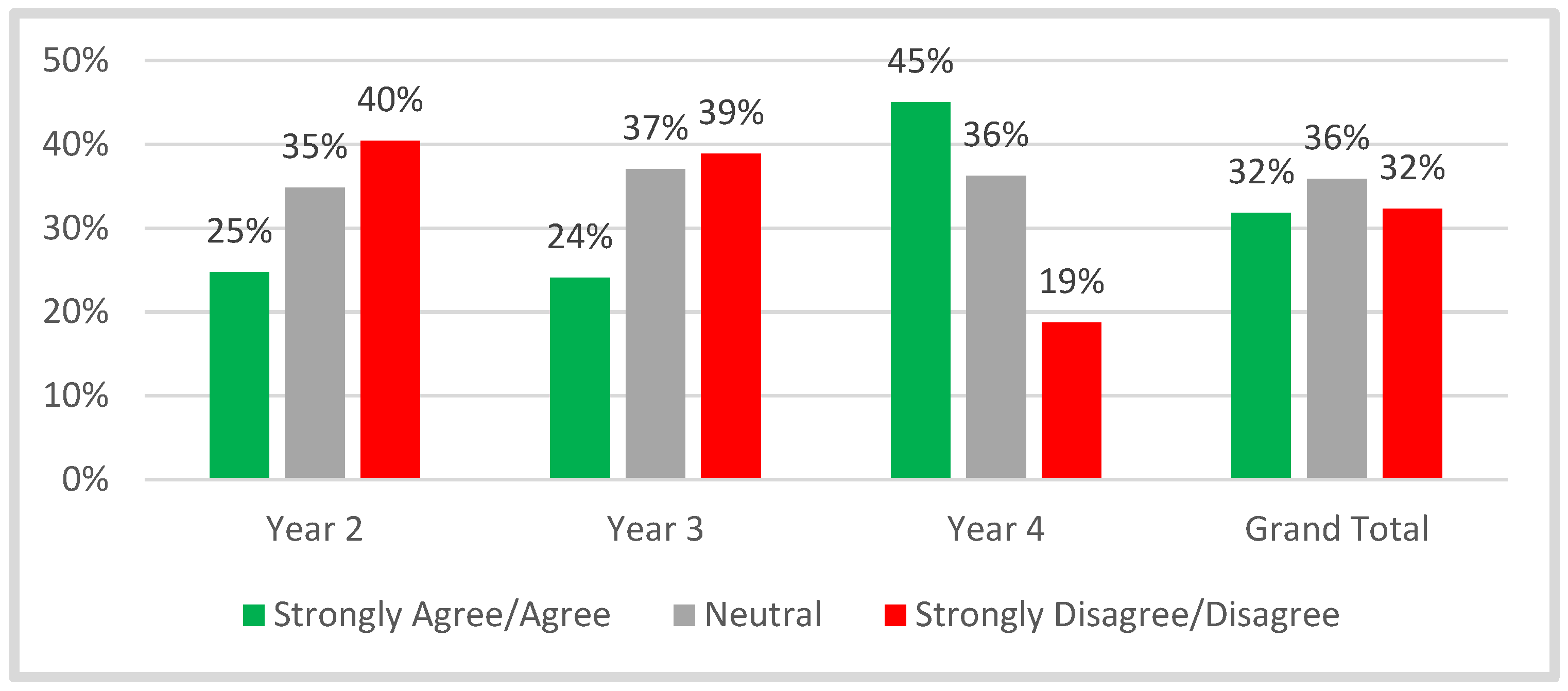
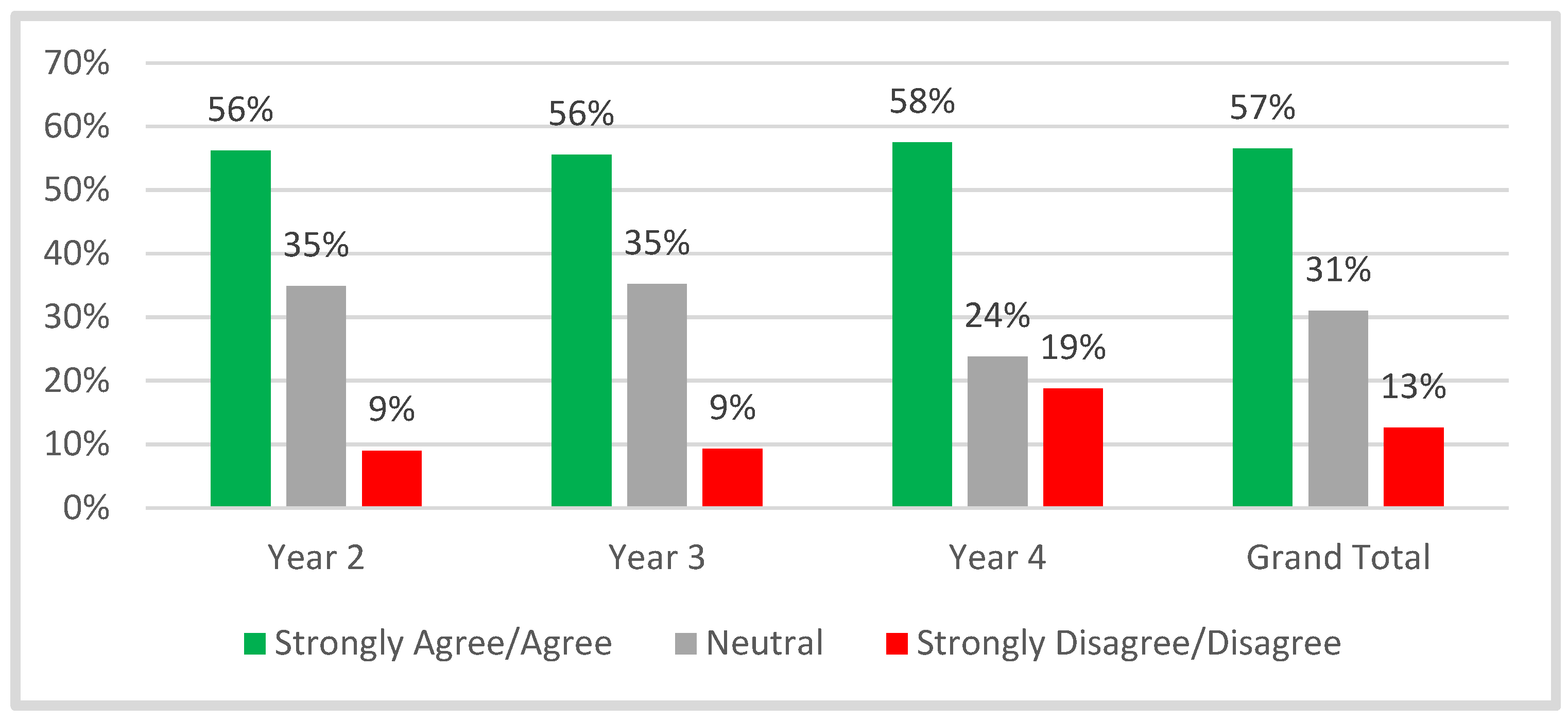
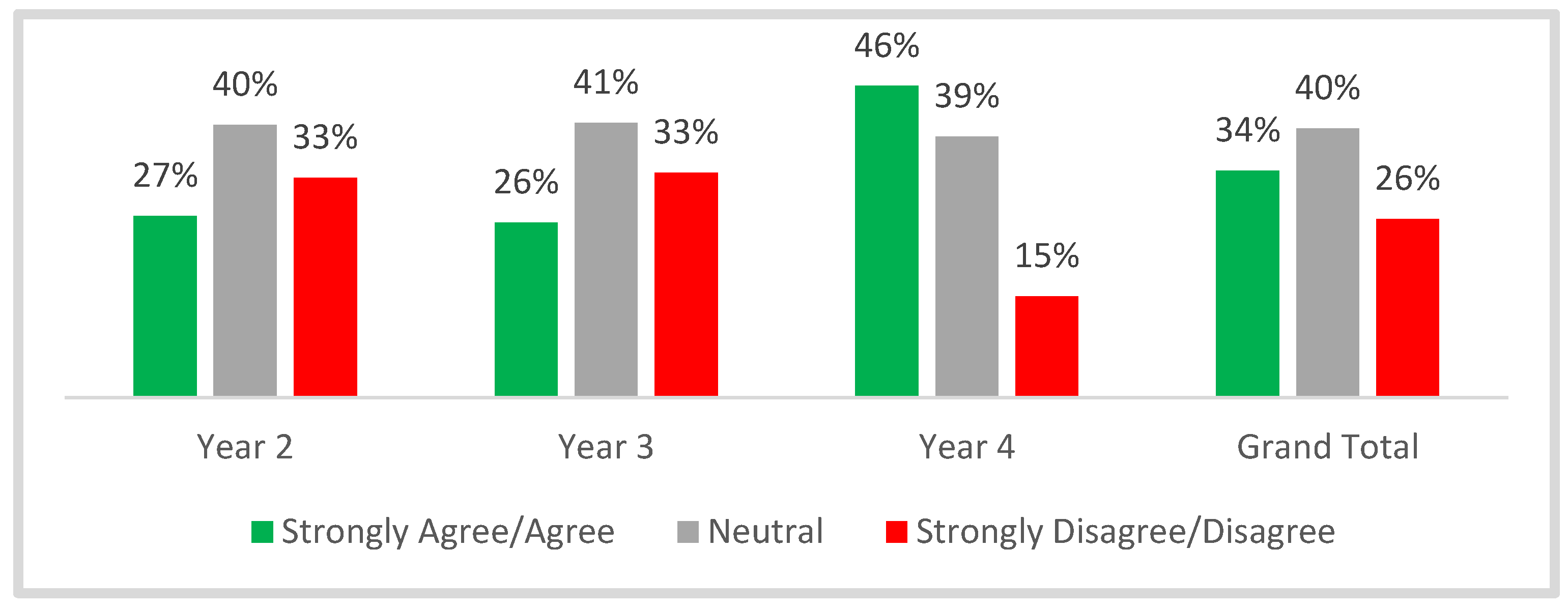
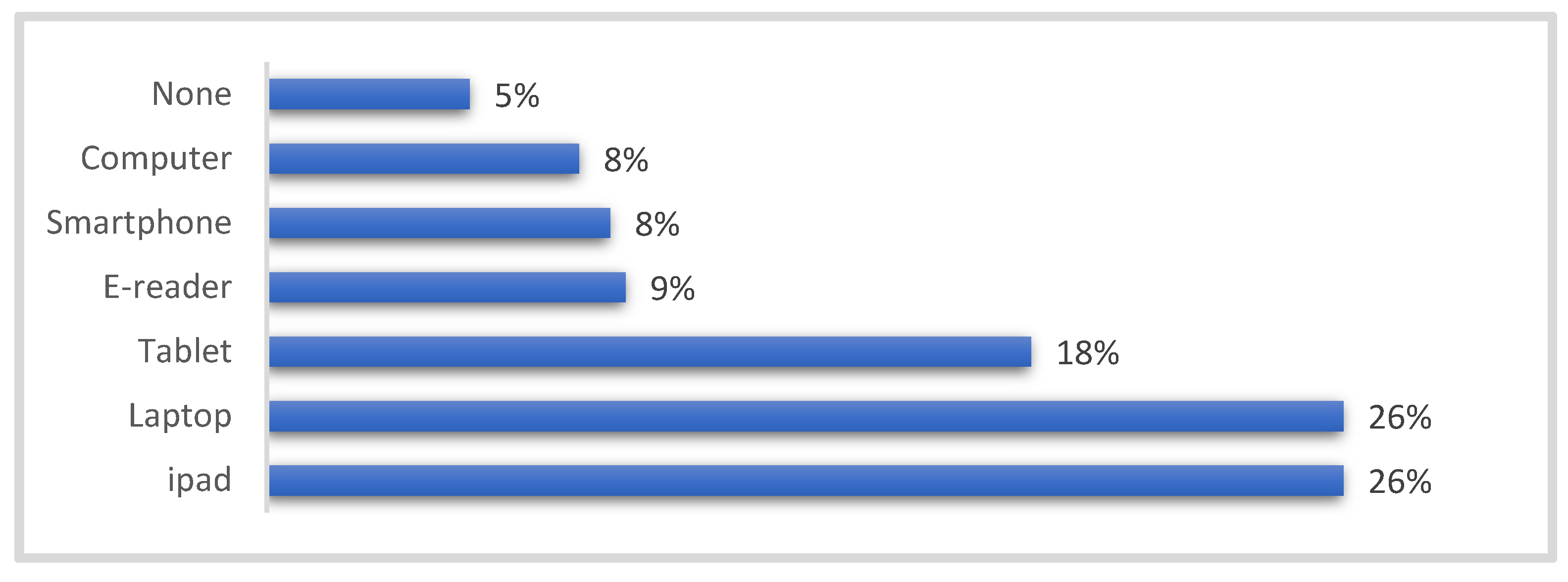
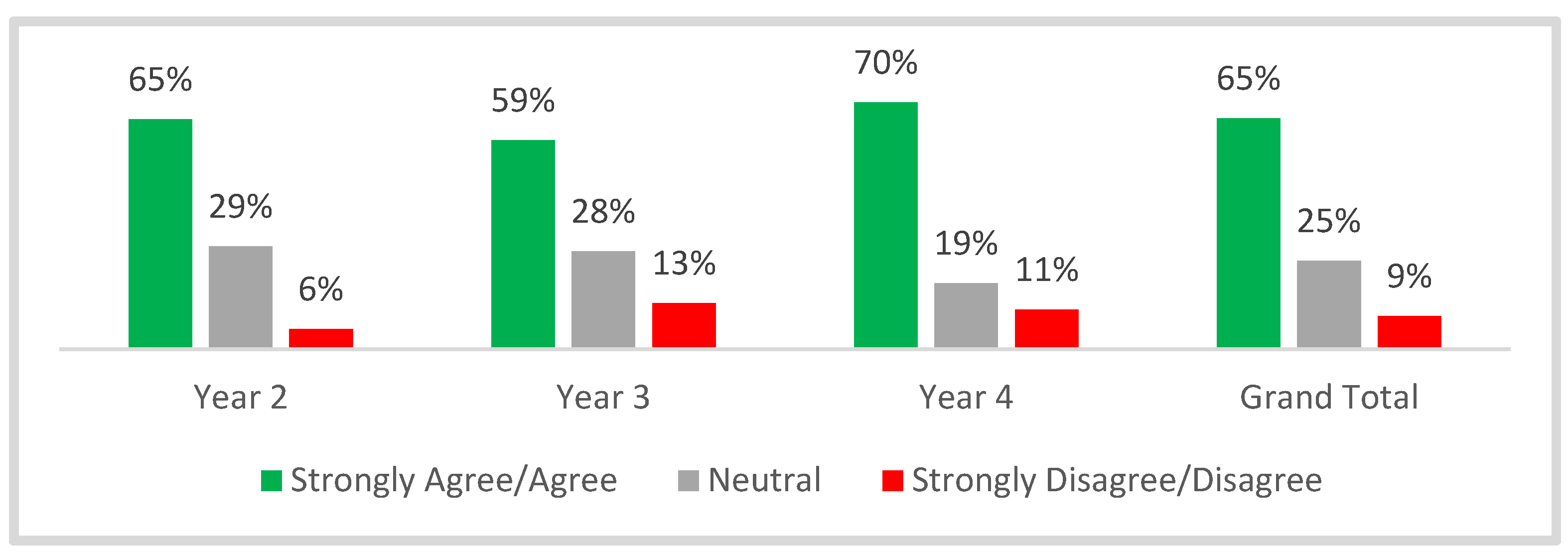
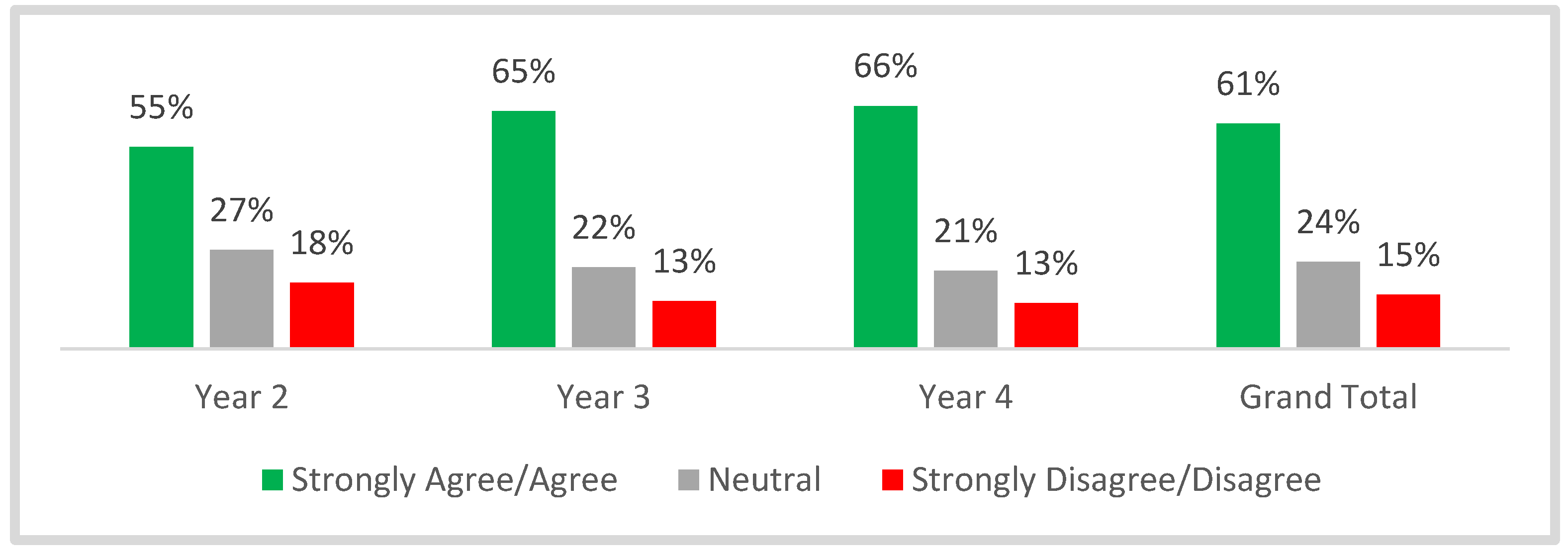
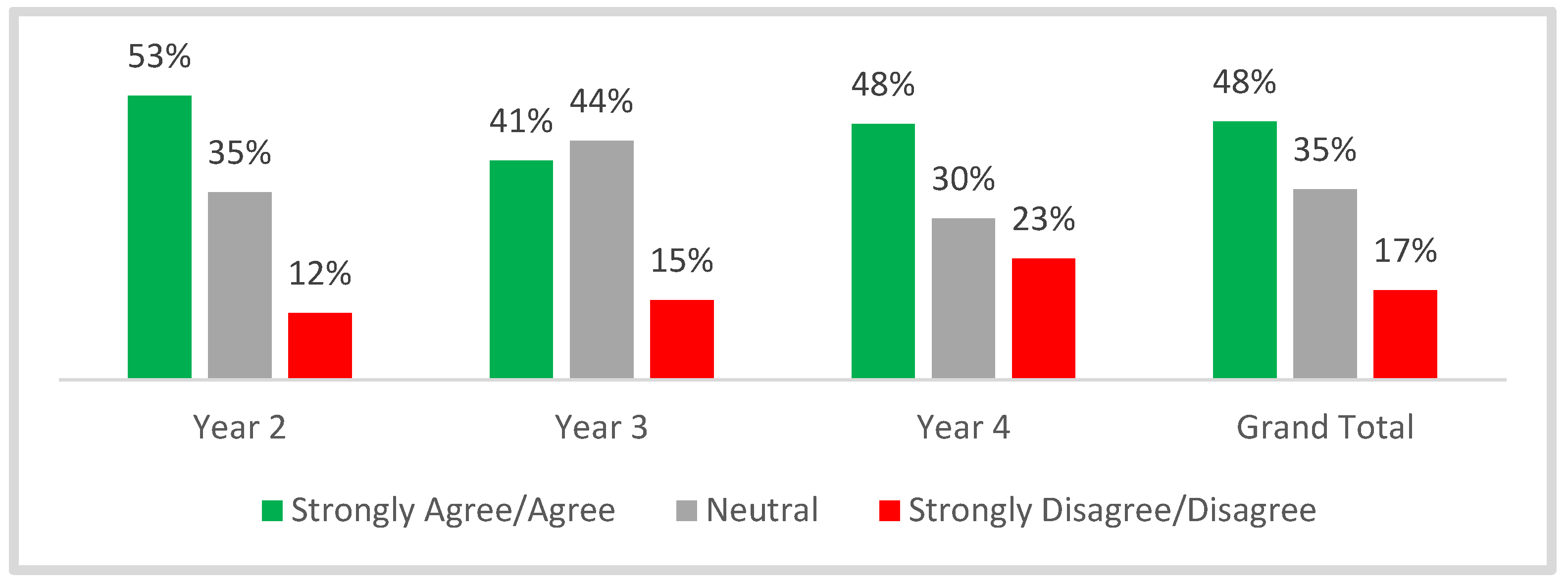
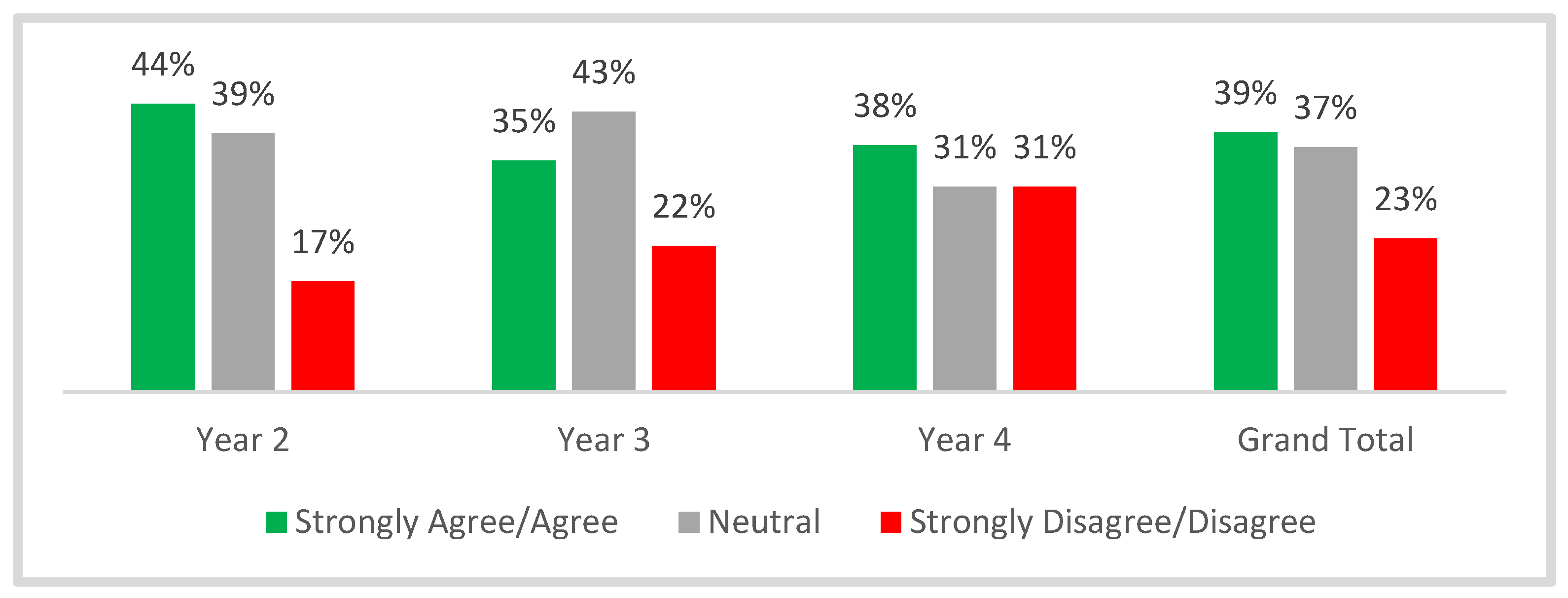
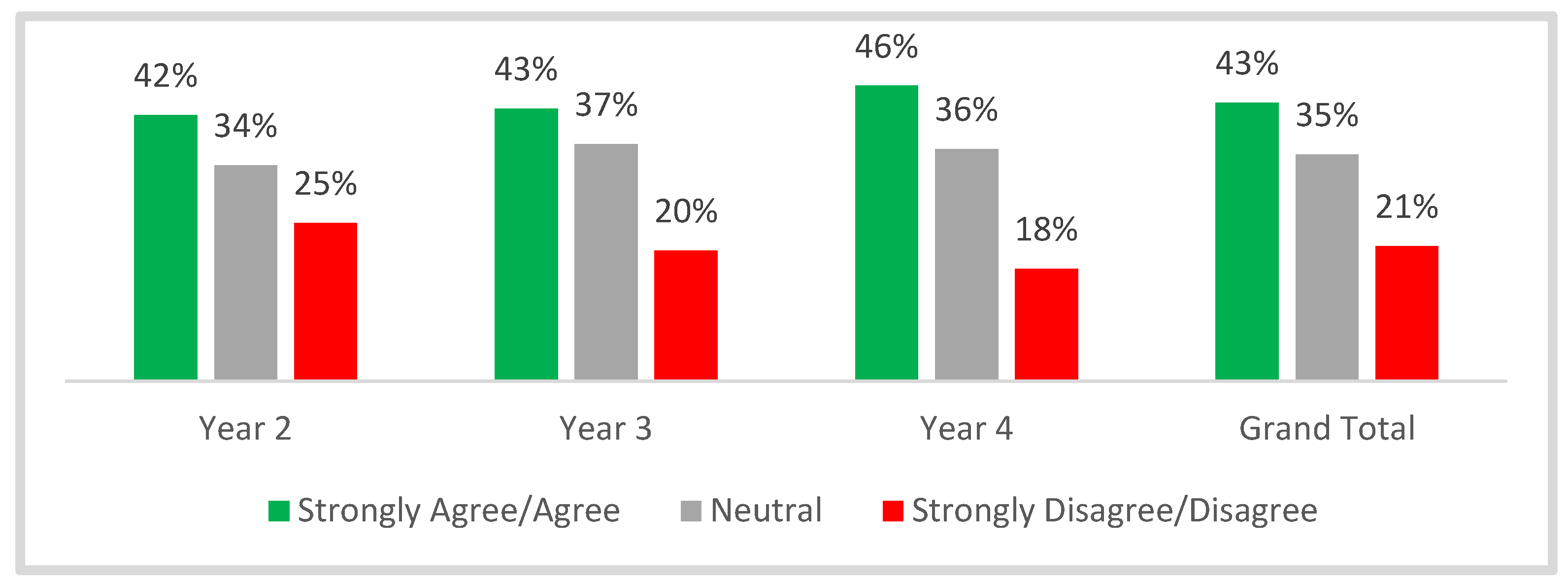
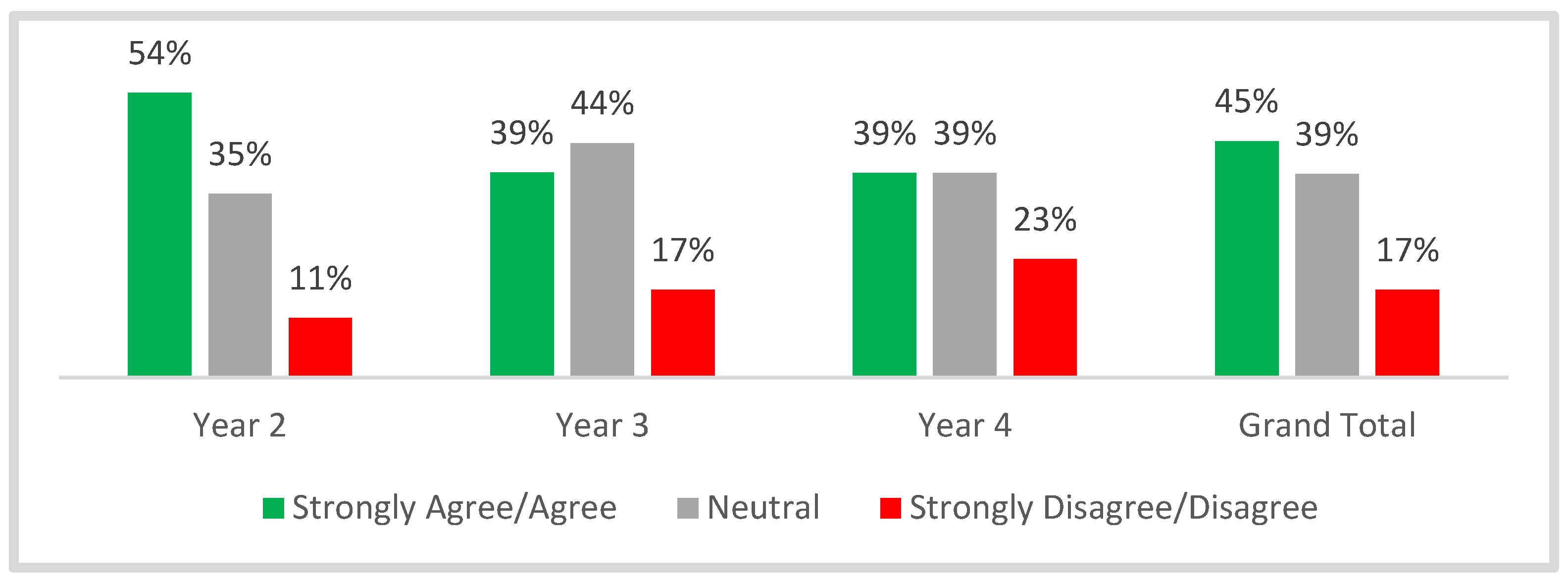
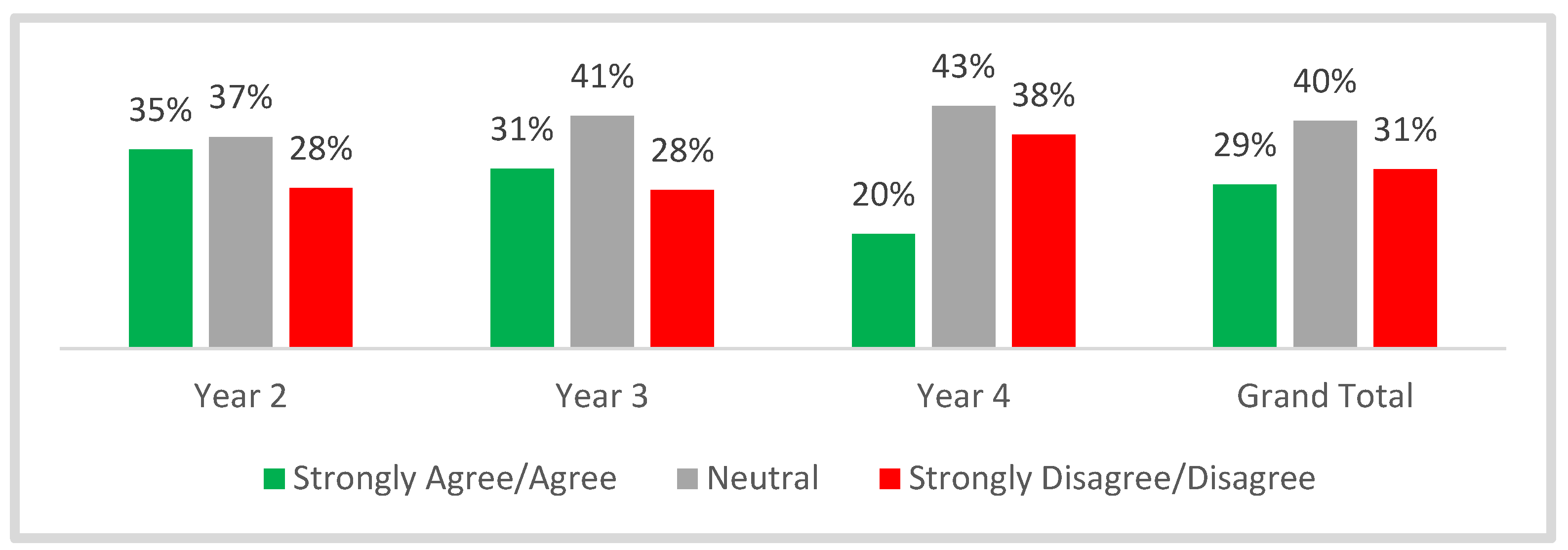


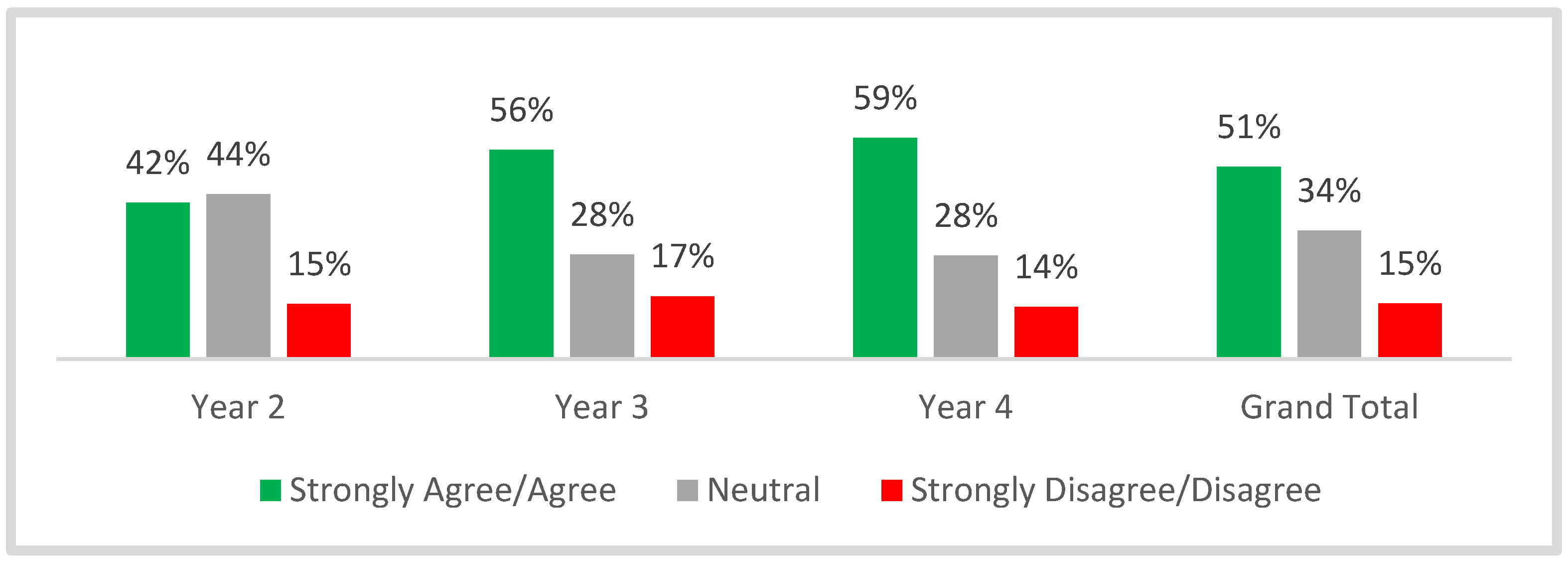
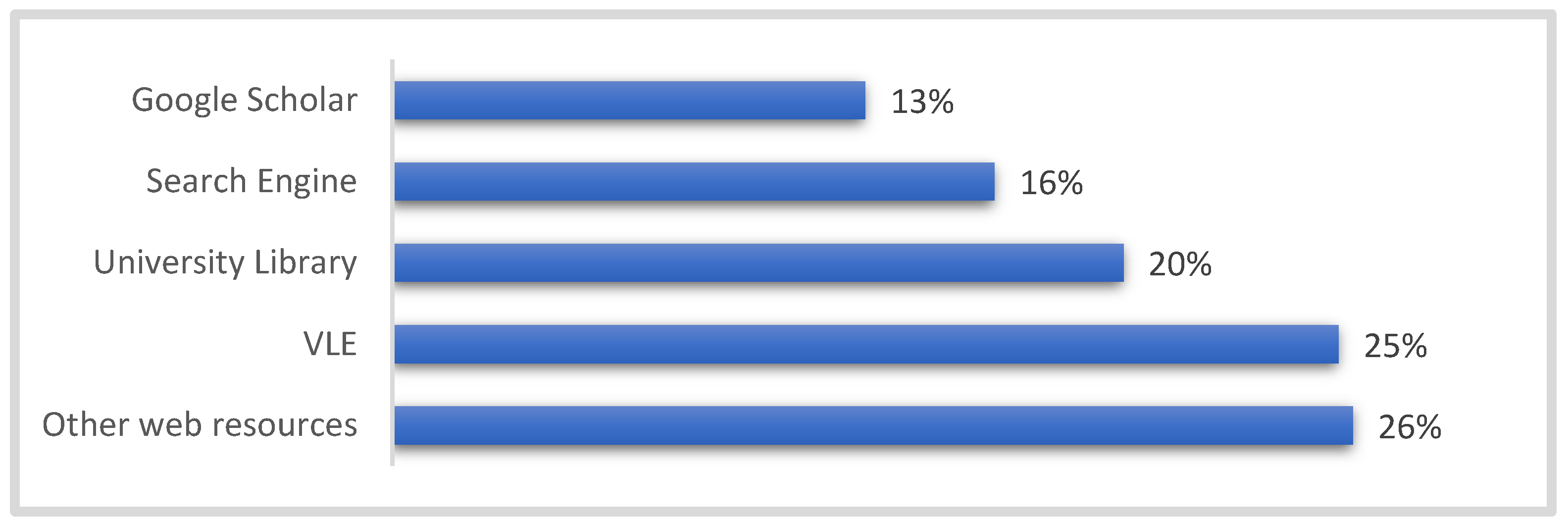
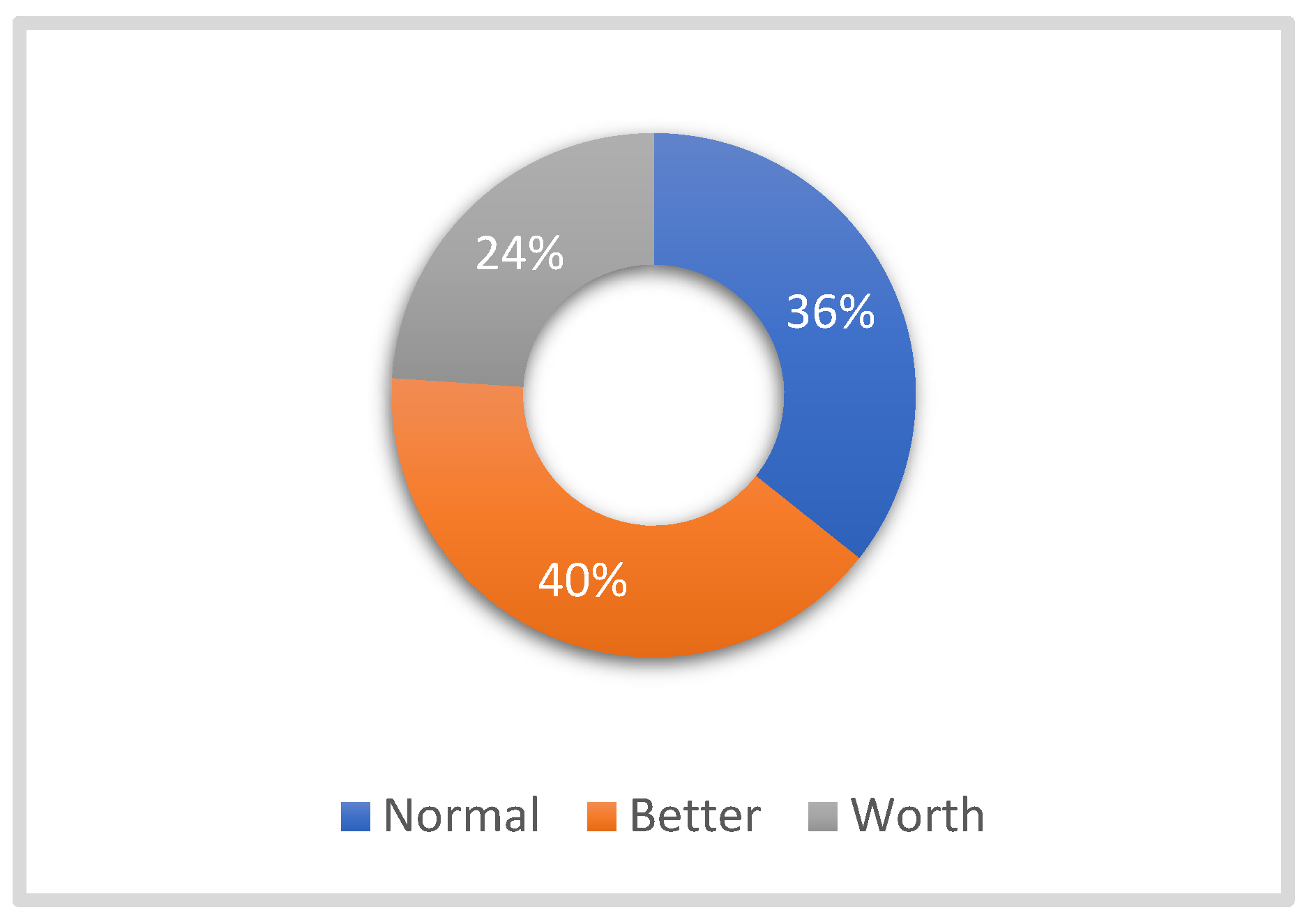

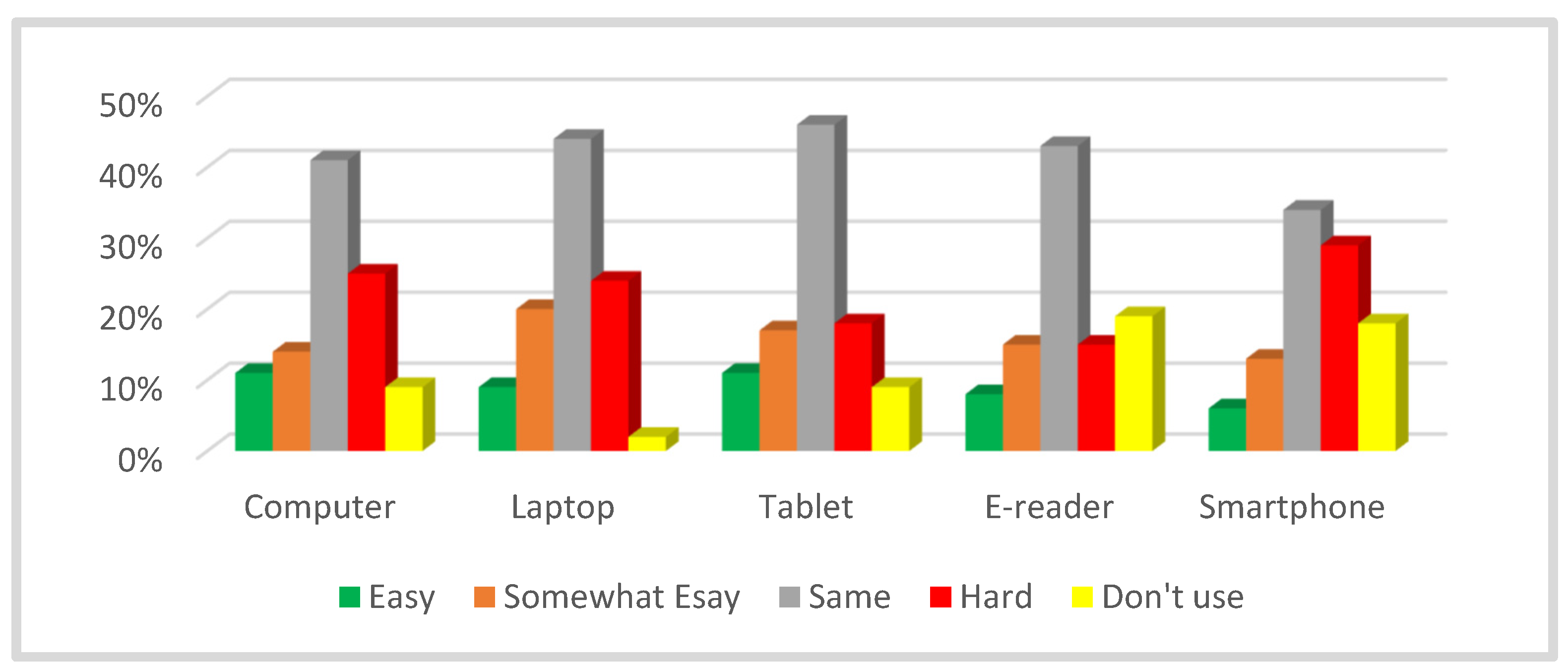
Disclaimer/Publisher’s Note: The statements, opinions and data contained in all publications are solely those of the individual author(s) and contributor(s) and not of MDPI and/or the editor(s). MDPI and/or the editor(s) disclaim responsibility for any injury to people or property resulting from any ideas, methods, instructions or products referred to in the content. |
© 2023 by the authors. Licensee MDPI, Basel, Switzerland. This article is an open access article distributed under the terms and conditions of the Creative Commons Attribution (CC BY) license (https://creativecommons.org/licenses/by/4.0/).
Share and Cite
Welsen, S.; Wanatowski, D.; Zhao, D. Behavior of Science and Engineering Students to Digital Reading: Educational Disruption and Beyond. Educ. Sci. 2023, 13, 484. https://doi.org/10.3390/educsci13050484
Welsen S, Wanatowski D, Zhao D. Behavior of Science and Engineering Students to Digital Reading: Educational Disruption and Beyond. Education Sciences. 2023; 13(5):484. https://doi.org/10.3390/educsci13050484
Chicago/Turabian StyleWelsen, Sherif, Dariusz Wanatowski, and Duo Zhao. 2023. "Behavior of Science and Engineering Students to Digital Reading: Educational Disruption and Beyond" Education Sciences 13, no. 5: 484. https://doi.org/10.3390/educsci13050484
APA StyleWelsen, S., Wanatowski, D., & Zhao, D. (2023). Behavior of Science and Engineering Students to Digital Reading: Educational Disruption and Beyond. Education Sciences, 13(5), 484. https://doi.org/10.3390/educsci13050484







